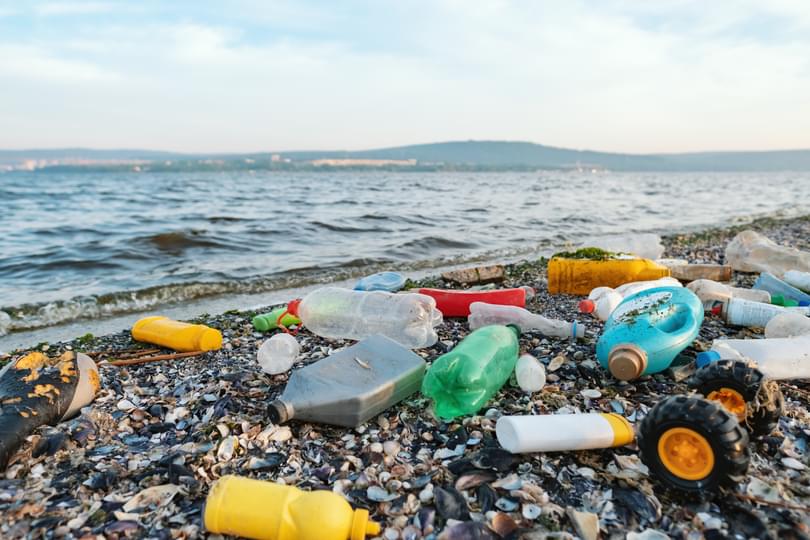
A new analysis by The Pew Charitable Trusts and SYSTEMIQ, in collaboration with the University of Oxford, University of Leeds, Ellen MacArthur Foundation, and Common Seas, found that the annual flow of plastic into the ocean could nearly triple by 2040.
But the report, “Breaking the Plastic Wave: A Comprehensive Assessment of Pathways Towards Stopping Ocean Plastic Pollution”, also identifies solutions that could cut this volume by more than 80% using technologies that are available today, if key decision-makers are willing to make systemwide changes.
The release of this report coincides with the publication of “Evaluating Scenarios Toward Zero Plastic Pollution” in the journal Science. Co-authored by Professor Richard Bailey, Professor of Environmental Systems at the University of Oxford, in collaboration with a global group including researchers from Pew Charitable Trusts, SYSTEMIQ, University of Leeds, University of Plymouth, Imperial College London and others, it outlines the technical underpinnings of the report.
The research found that if no action is taken to address the projected growth in plastic production and consumption, the amount of plastic entering the ocean each year would grow from 11 million metric tons to 29 million metric tons over the next 20 years. Because plastic remains in the ocean for hundreds of years and may never truly biodegrade, the cumulative amount of plastic in the ocean by 2040 could reach 600 million tons. COVID-19 has presented additional challenges in the fight to end ocean-bound plastic pollution, as single-use plastic consumption has increased during the pandemic.
Using a first-of-its-kind economic model the report compares the quantity of ocean plastic pollution between 2016 and 2040 under six scenarios: from business-as-usual to a total system change scenario. The model quantifies the associated cost, climate, and employment implications of each scenario.
The report finds that current commitments by government and industry will reduce the amount of plastic flowing into the ocean only by 7% by 2040. And without meaningful change, about 4 billion people worldwide are likely to be without organized waste collection services by 2040, contributing significantly to the projected amount of ocean plastic pollution.
“Breaking the Plastic Wave” identifies eight measures that together could reduce by about 80% the plastic pollution that flows into the ocean annually by 2040, using technology and solutions available today. Among them are reducing growth in plastic production and consumption, substituting some plastics with alternatives such as paper and compostable materials, designing products and packaging for recycling, expanding waste collection rates in middle- and low-income countries, increasing recycling, and reducing plastic waste exports.
In addition to improving ocean health, adopting the changes outlined in the report could generate savings of $70 billion for governments by 2040, reduce projected annual plastic-related greenhouse gas emissions by 25% and create 700,000 jobs.
While the system change scenario reduces annual ocean plastic pollution rates by more than 80%, it will take an unprecedented level of action and will still leave more than 5 million metric tons leaking into the ocean each year in 2040. Fully eliminating the flow of ocean plastic pollution will require dramatically increasing innovation and investment, with significant technological advances, new business models, and a greater emphasis on research and development.